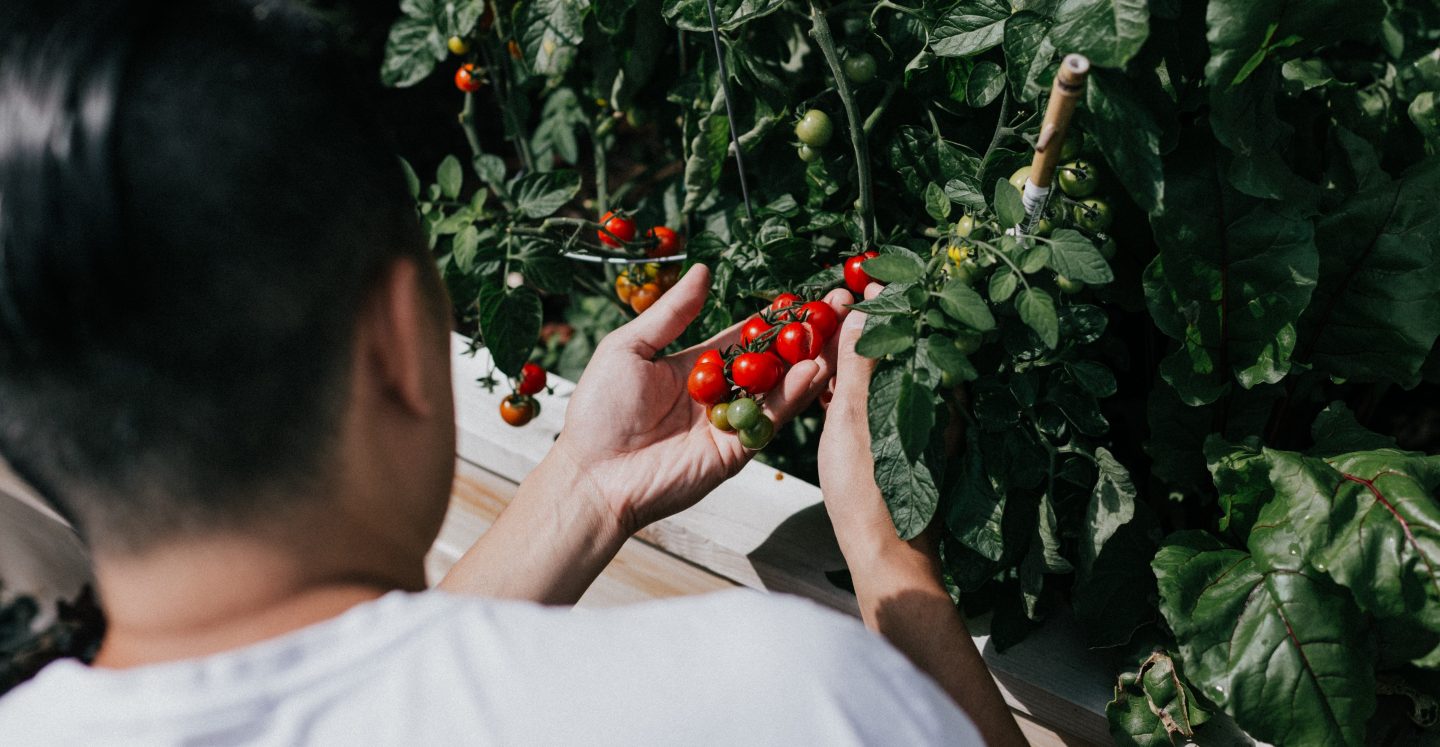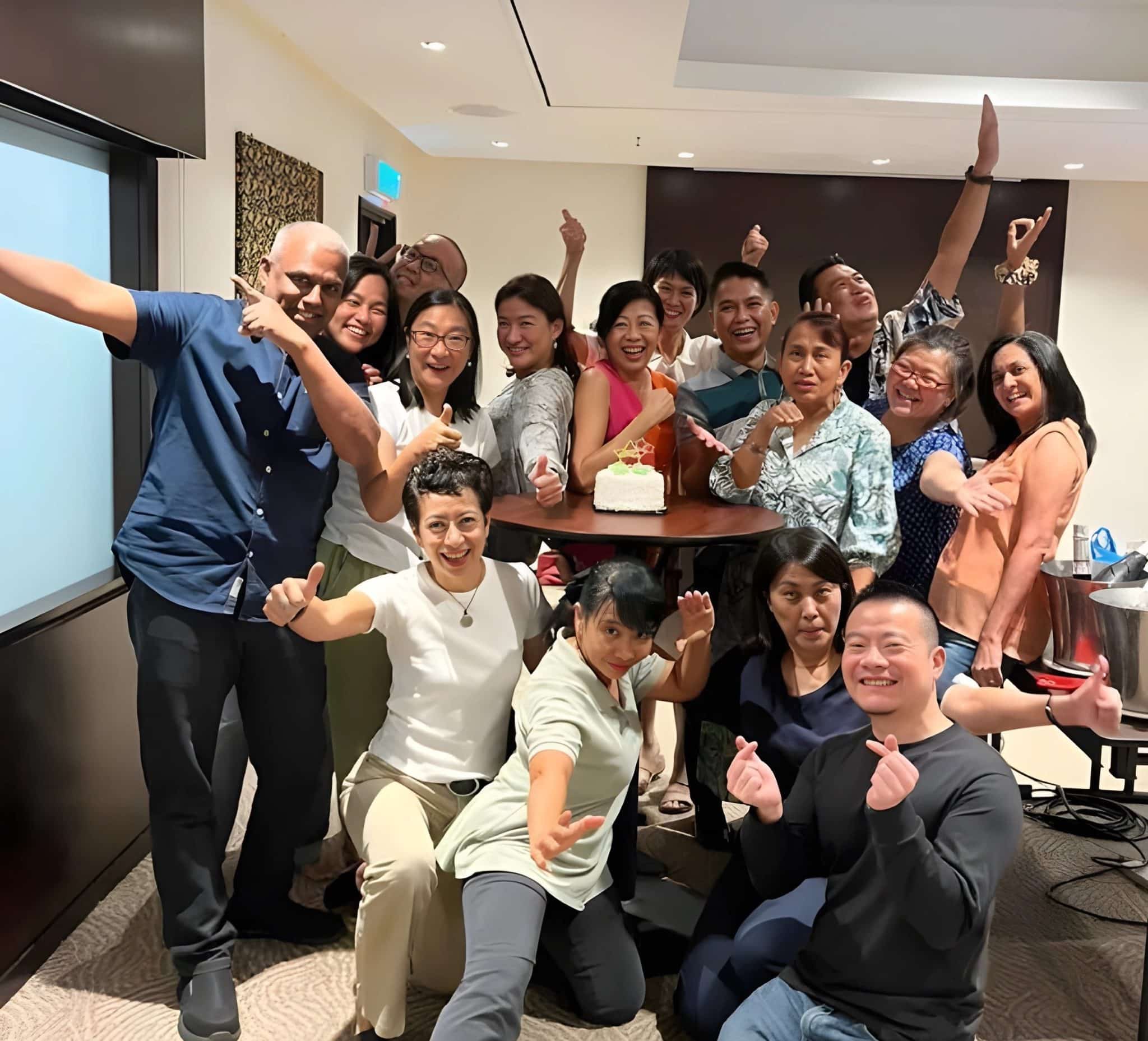Building a cell group? Here are 12 lessons from gardening
Debbie Loh // January 11, 2021, 10:25 pm

Photo by Priscilla Du Preez on Unsplash.
The pandemic has caused me to be mostly housebound and distant from community, physically. As a result, gardening came to be a way I took breaks and did something creative.
The rhythms of gardening slowly seeped into my thought patterns, with gardening as a robust metaphor for life in the Spirit. Theologians who are farmers and gardeners have served to develop this metaphor for me even further, Evan B Howard being a recent one I read.
Here are some musings from gardening that I could take away for building a community. Plants being the community, gardening being the activities upon the community, and the gardener being the cell leader(s), who also offers spiritual leadership:
#1: You can’t make something (or someone) grow overnight
They can’t make themselves grow overnight either.
Like my satin pothos — they are slow creepers. But you can develop caring rhythms of watering and feeding them and put them in the right amount of light, humidity and aeration.
Once in awhile stick a finger in the soil and see how they’re doing.
#2: Feeding them produces more growth
That’s a fact. You should see the growth of the same kind of plants that’s in my Mum’s garden and mine.
My Mum invests in fertiliser and she gives them the right amount regularly. Me, less regularly, and so mine doesn’t have as dramatic growth as hers. Feed your plants.
Community-wise, why not have deeper prayers and conversation beyond the regular fun and food? Why not be intentional in having bite sized spiritual conversations every time you meet?
#3: Being together brings benefits
Plants are grouped together to help each other with shade. They also look better together.
Of course, those that require shade are in the shady areas, and those that require more sun (usually flowering plants) would be together. They may appear like “cliques” of blooming flowers, or ferns, but as this is a natural process, it is okay, as long as they are hospitable to one another across the cliques.
Altogether they are a symphony of colours, shapes and sizes. And each have needs that are similar to their species, yet unique in themselves.
#4: You need to do pest control
I despise mealybugs that hide in crooks and crannies in the stems and leaves. I regularly check that plants vulnerable to them are not infested with new bugs.
People, too, are beautiful, lovable and meant to be enjoyed.
And they often spread to neighbouring plants. There are no shortcuts — you need to pinch them dead.
But I also discovered that a mixture of apple cider vinegar and water would kill these bugs overnight — or make them hide further in the nooks and crannies. You need to do pest control.
I’ve once allowed a huge “bug” to bring segregation in my community. Although I’ve learned my lesson, the damage is hard to undo. Don’t give mealybugs a chance.
#5: Enjoy their beauty
Sometimes I remind myself that plants are beautiful and are at their best when enjoyed and admired. That is a part of loving plants, not only when you’re fussing over them. When you gasp at the beauty of their leaves, or become amazed at a new flower.
People, too, are beautiful, lovable and meant to be enjoyed.
Part of loving is laughing at their jokes, applauding their gifts of service, tasting and delighting in their culinary skills, and being excited about their milestones. I miss that very much.
#6: Focus on those you already have
It is okay to stop buying new plants and focusing on what you have. There is plenty to do.
Pruning, propagating, repotting, pest control, reading up and getting to know the plant better, guiding its growth with little sticks, looking into a problem area that emerges, giving away a cutting or two to another plant lover. This is enough to keep you occupied.
So it is with a cell group. A new plant will come when it is time to come. Meanwhile, just enjoy what you have.
#7: Make space for those you didn’t ask for
Sometimes you get a plant from your Mum that you didn’t ask for, that requires more painstaking effort. Like the roses my Mum established for me that I didn’t ask for and that’s finicky to grow.
But because she’s your Mum, you don’t turn it down. What’s more, 100% of the stems she replanted became successful and as such you need to repot it to a bigger pot now — a lot more work!
Sometimes your pastor or a leader you respect entrusts you with a new, exciting but fussy fellow. You just need to make space for them in your garden.
#8: Know your plants (flock)
What are their species? How do they grow? How fast do they grow? What kind of potting soil, sun, humidity, watering schedule do they need? It is easy to google plant requirements.
For humans, you can start by adding them to your social media accounts, and their numbers to your address book.
Hear what they have to say about themselves. And if you hear what others are saying, hear them too and clarify as you move along.
Build your plant profile. Keep a mental file.
#9: Discern pruning in their lives
Pruning from the Master Gardener, our Lord. It is not for us to prune, but our Lord. Sit with them and be with them, point them to our God.
Comfort their pain and point them to the greater goal, which is to participate in the divine nature of God. Don’t belittle, overlook or attempt to provide too many painkillers.
Pain can be a friend that seals us to God. Feel their pain.
#10: Some plants catch a disease and die
That is sad, especially when the plant is a beloved one my Mum gave me. It could be because I didn’t catch the disease in time to deal with it. I should done more to prevent it, or given it a longer life.
Death can give us regrets. But deaths are inevitable on this side of heaven.
Once I had two dead plants, and I just kept them there for weeks because I missed them and could not let them go. I guess that is okay for a season because they were that valuable to me and feeling sad in death is not a bad thing – it points to the value of that person and the ache of the hole they left in my heart.
Eventually, as I began to heal, I could let go of the dead plants and cleaned out the pots, ready to have new plants take their place.
#11: The waiting for them to grow again is painful
Absence makes the heart grow fonder. Sometimes the seasonal absence of certain cell members who have seasonal schedules (like monthly closing of accounts?) makes our hearts grow irritated or anxious. Where are they?
Our hearts long for them, combined with anxiety — will they come back? For caladiums (and only caladiums), they will.
#12: Multiply
When you’re ready and your gardening is bustling, get new plants! From cuttings, from the nursery, from plant trades.
It’s always fun to have more new plants to enjoy God and life together!
RELATED STORIES:
“No point being a hero outside and a zero at home”: Fatherhood champion Jason Wong
We are an independent, non-profit organisation that relies on the generosity of our readers, such as yourself, to continue serving the kingdom. Every dollar donated goes directly back into our editorial coverage.
Would you consider partnering with us in our kingdom work by supporting us financially, either as a one-off donation, or a recurring pledge?
Support Salt&Light



